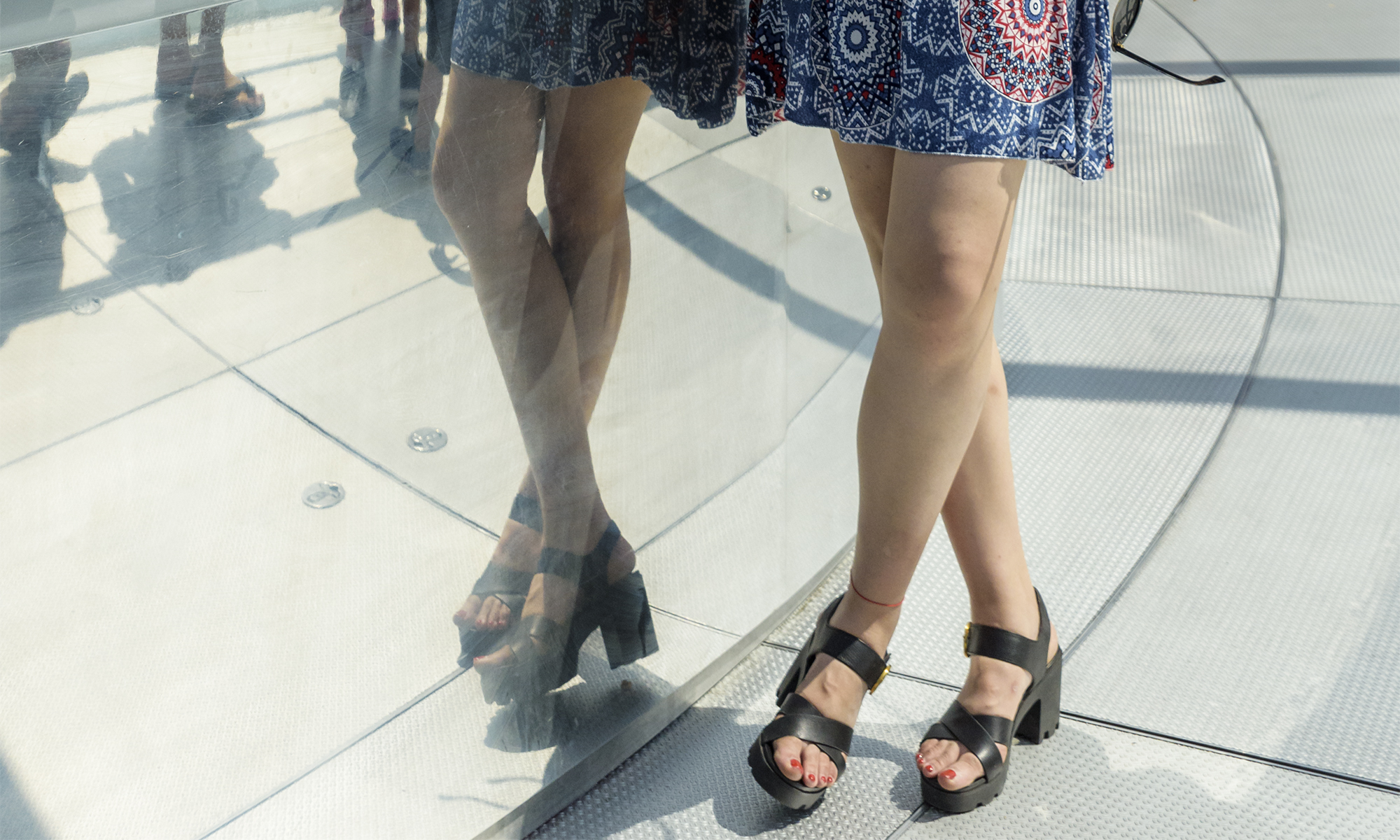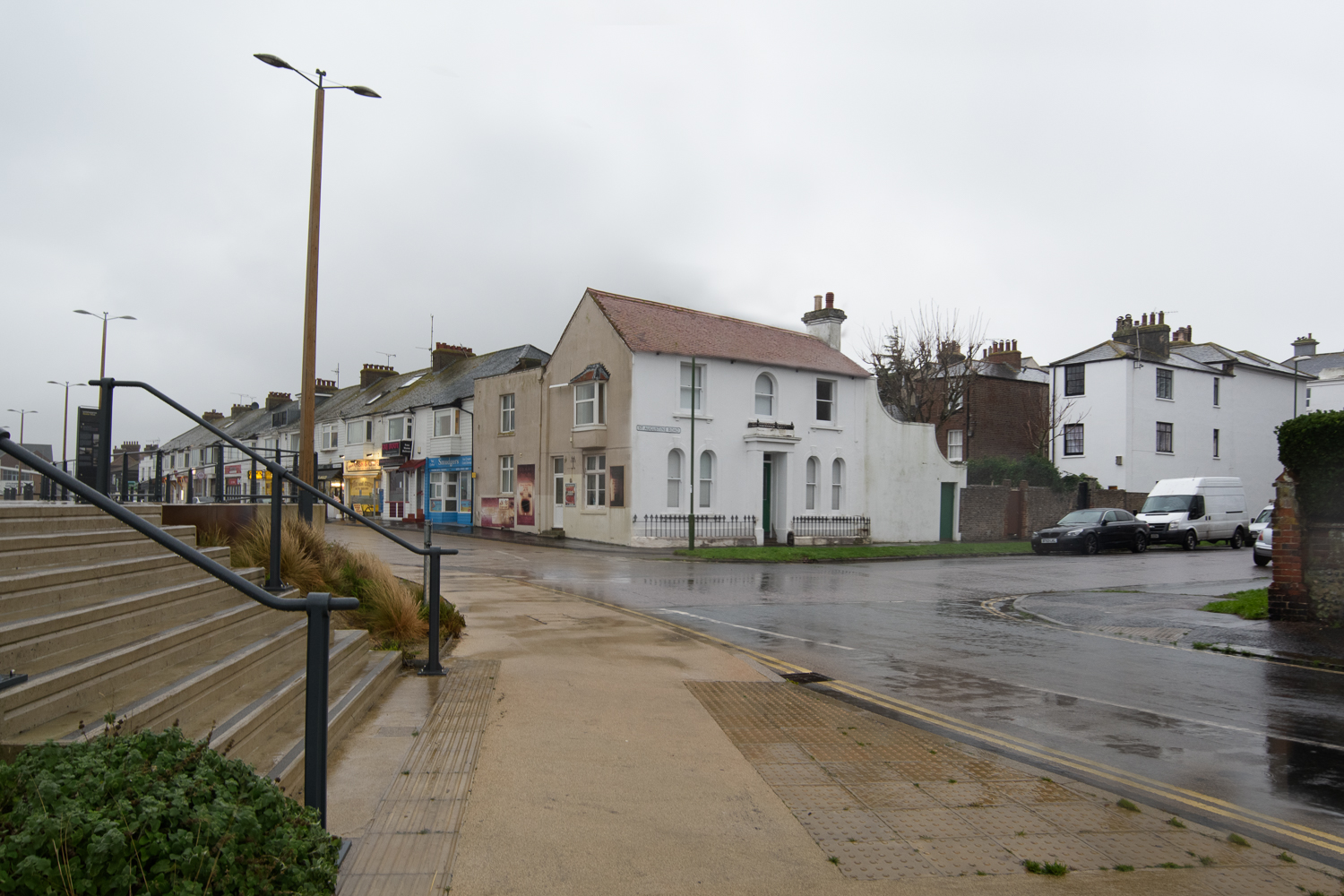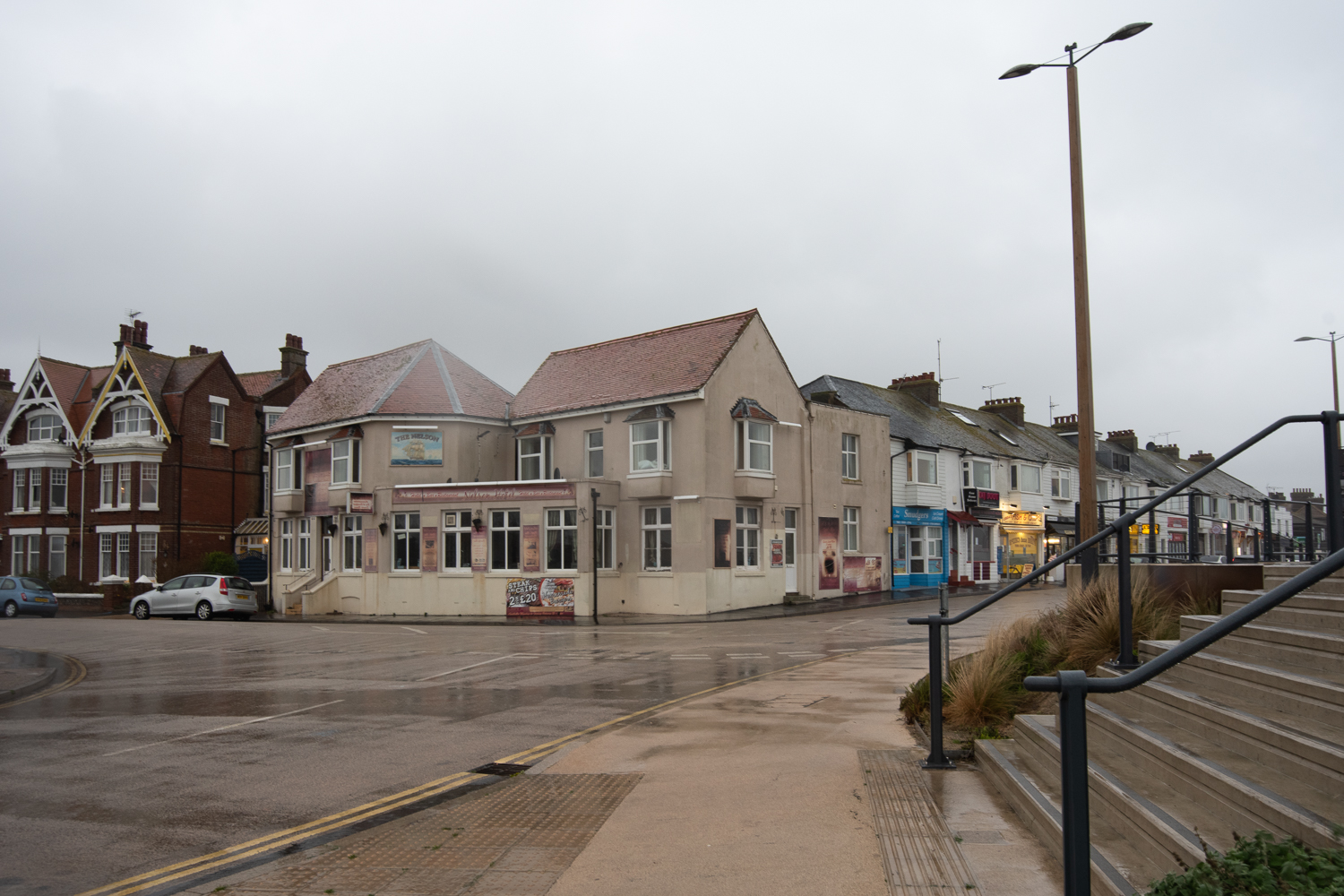Eureka!
I have been struggling with this piece, trying to think of something inivitive and yet simple. I have used my new job as an excuse not to get on with it! to be fair it has been a bit, but I was really struggling with what story?, how will I find the time.
As a proverbial ‘kick up the bum’ to try and get myself back on track, I decided to have a look at some other students blogs to see how they had approached this. In doing so I came across some tutor feedback to one student which I think became my eureka moment!
“Overall Comments
. . . . . . This assignment is essentially about the same subject matter, but shot in two different ways. It is a test of the input of the photographer to produce two viewpoints (often in both senses of the word). To see yourself and your work objectively like this – questioning how you produce work and what this communicates – is a difficult task . . . . .
https://scottishzoecontextandnarrative.wordpress.com/2018/05/11/assignment-1-response-to-tutor/
source: https://scottishzoecontextandnarrative.wordpress.com/2018/05/11/assignment-1-response-to-tutor/ [accessed 14.12.18]
“Suggested reading/viewing
I suggest you look at three projects on the Yangtze river. Comparing different photographers work in this way should illustrate how it is the photographer and (in this case) their differing methodologies, which can produce very different outcomes. This relates directly to this assignment, where the subject matter can be largely similar, yet the results diverse. The Yellow River by Zhang Kechun http://www.zhangkechun.com/the-yellow-river/ Mother River by Yann Wang Preston http://www.yanwangpreston.com/projects/images and Nadav Kander’s The long river https://www.lensculture.com/articles/nadav-kander-yangtze-the-long-river I recommend reading On Being a Photographer: a Practical Guide by David Hurn and Bill Jay, LensWork Publishing, Portland (2007). This book is more about a photographer’s approach, attitude and their mind-set, rather than technicalities (as the title might suggest).”
Looking at the three examples above, I was particularly struck by the work of Nadav Kander but also the difference in the approaches to the three bodies of work. Some subtle and some less so. Kander was definitely struck by the pace of change and how people were feeling because of it, where as Wan Preston’s images were very structured and placed based.
This has given me a much clearer idea of my goal with this set of images now. I found a cheap copy of ‘On being a photographer’ so will have a look at that when it arrives and in the meantime will have a think about my subject for this assignment.





